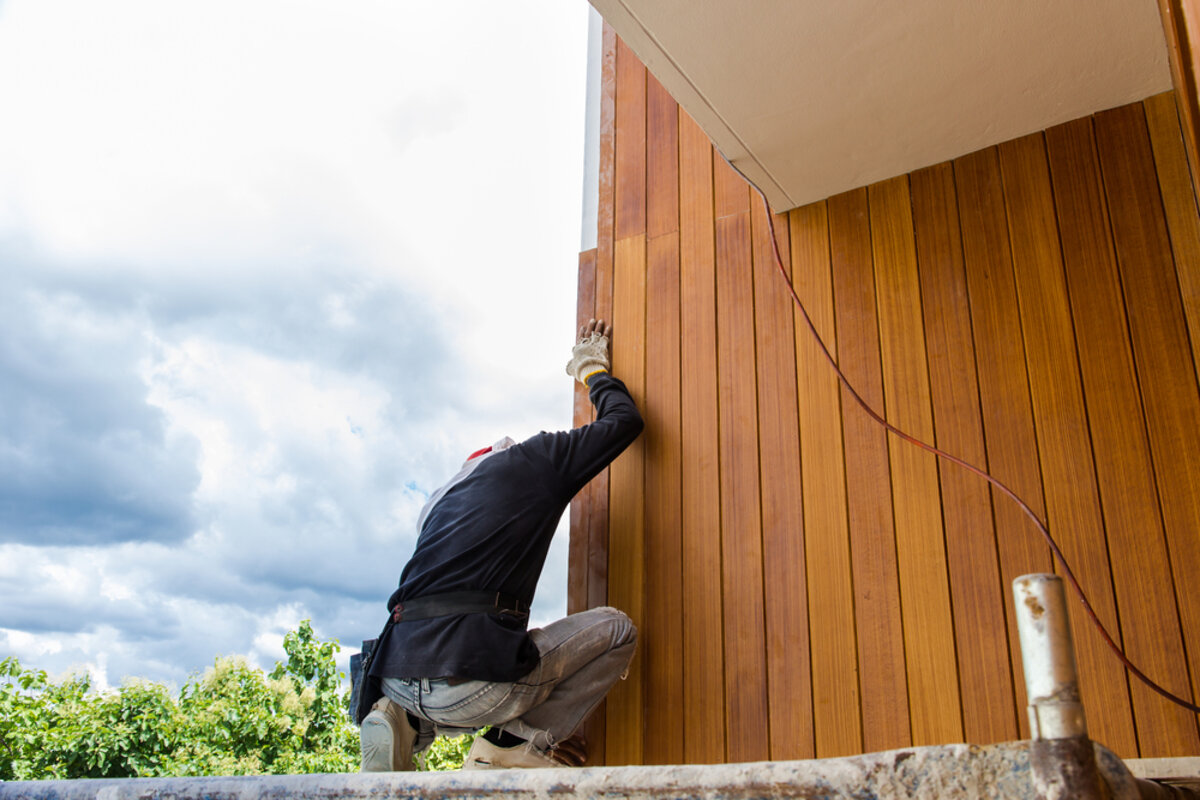Looking to transfer a roof warranty? It can be an important step, especially if you’re selling your home. Most roofing warranties are transferable, but the process can vary depending on the type of warranty and the manufacturer or contractor. Knowing the ins and outs of transferring your roof warranty can help you navigate the process with confidence.
6 Tips to Transfer a Roof Warranty
1. Check the Warranty’s Transferability
Review the Warranty Documentation
The first step is to review the specific warranty that covers your roof. Most warranties include details about whether they can be transferred to a new homeowner. Some warranties can only be transferred once, while others may not allow transfers at all. Read the fine print!
Identify the Warranty Type
There are generally two types of warranties to consider:
Manufacturer’s Warranty: Covers defects in the roofing materials. Often, these warranties are transferable, but the transfer process may need to be completed within a certain time frame after the sale.
Contractor’s or Workmanship Warranty: Covers issues related to the installation. Some contractors offer transferable warranties, while others may not.
2. Know the Time Frame for Transfer
Transfer Deadlines
Most warranties have a specific transfer deadline, and missing this window could void the warranty.
One-Time Transfer
Some roofing warranties are only transferable once, meaning if you are not the first buyer to transfer the warranty, it may no longer be valid for future owners.
3. Complete the Necessary Paperwork
Most roofing manufacturers or contractors will require you to complete a formal transfer form. This form usually asks for details about the property, the original purchase date of the roof, and the new owner’s information.
You might also need to include proof of the home sale, such as the closing date, a deed, or a copy of the purchase agreement. Make sure to check whether there is a transfer fee and include payment with your paperwork if necessary.
4. Get Confirmation of the Transfer
It’s a good idea to get written confirmation after submitting the necessary paperwork and fees. Both the new homeowner and the warranty provider should keep copies of the updated warranty information. This is essential for future reference or in case of any claims.
5. Understand the Terms Post-Transfer
Changes in Coverage
The coverage of some warranties may change after being transferred. For example, the original warranty might have provided full coverage for both materials and labor, but the transferred warranty might only cover the materials.
Remaining Warranty Period
The transferred warranty usually retains the original expiration date. For example, if the original roof warranty was for 25 years and 10 years have already passed, the new homeowner would only have 15 years of coverage left.
6. Inform the New Homeowner
As the seller, make sure to give the new homeowner all relevant documentation about the roof warranty and details about any future maintenance that may be required to keep the warranty valid. If you are buying, ask the previous owners for the same documentation.
Style Exterior: A Professional Contractor You Can Trust

At Style Exteriors, we offer industry-leading warranties you can trust. Not only will you get 5-star customer service, but also quality craftsmanship with leading products and materials.
As one of 7 Top-rated contractors that offer Owens Corning Platinum Preferred Contractors Warranty, we offer an unmatched 50 years warranty and a 25-year Non-Pro-Rated Warranty on your new roof. If you have resale in mind, you can rest assured that the new homeowners will get a quality roof installation that looks good and keeps their family safe.
Need Help to Transfer a Roof Warranty? If you need help to transfer a roof warranty, contact our team today for expert advice and guidance.







